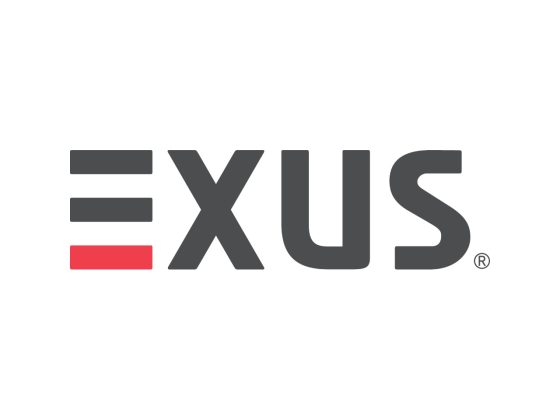There are several leading schools of thought when it comes to researching and building AI systems. Some of the most prominent approaches include:
Symbolic AI.
Also known as Good Old-Fashioned AI (GOFAI), this approach is based on creating explicit representations of knowledge using symbols and rules. It focuses on logical reasoning, planning, and problem-solving. Symbolic AI was the dominant approach in the early years of AI research.
Connectionism.
This approach is inspired by the structure and functioning of biological neural networks. Connectionism focuses on building artificial neural networks that can learn patterns from data. The rise of deep learning, a subfield of connectionism, has led to significant breakthroughs in AI capabilities in recent years.
Evolutionary Algorithms.
These algorithms are inspired by the process of natural selection and evolution. They involve creating populations of candidate solutions and iteratively refining them using mechanisms such as mutation, crossover, and selection. Evolutionary algorithms are often used for optimization and search problems.
Swarm Intelligence.
This approach is based on the collective behavior of decentralized, self-organized systems, such as ant colonies or bird flocks. Swarm intelligence algorithms model the behavior of these systems to solve complex problems by leveraging cooperation and decentralized control.
Bayesian Methods.
These methods are based on probabilistic reasoning and Bayesian statistics. They involve updating beliefs and making decisions based on observed data and prior knowledge. Bayesian methods are widely used in machine learning, natural language processing, and robotics.
Reinforcement learning.
This approach focuses on learning through interaction with an environment. An AI agent learns to make decisions by receiving feedback in the form of rewards or penalties. Reinforcement learning has been successful in various applications, including game playing, robotics, and autonomous vehicles.
Hybrid approaches.
Many AI systems now combine multiple approaches to leverage the strengths of each. For example, a system might use symbolic reasoning for high-level planning and deep learning for perception and pattern recognition.
These schools of thought have shaped the development of AI over the years, and researchers continue to explore new approaches and paradigms. The choice of approach often depends on the specific problem being addressed and the desired properties of the AI system.












